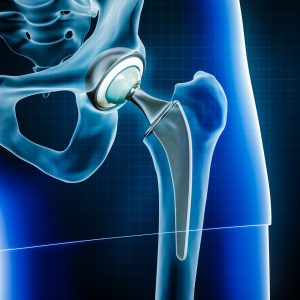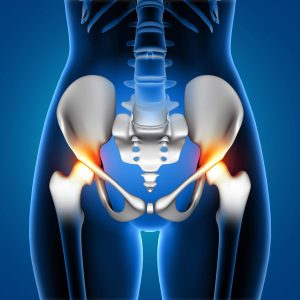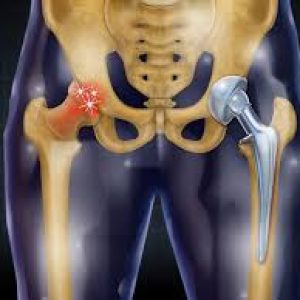Hip replacement surgery is a significant procedure that involves replacing damaged parts of the hip joint with artificial implants to restore mobility and alleviate pain. When it comes to selecting the best implant for hip replacement, several factors need to be considered, including **material composition, implant design, durability, compatibility, and patient-specific factors**. Let’s delve into the key aspects of choosing the most suitable implant for hip replacement surgery.

Material Composition
One of the critical considerations in choosing a hip implant is the material composition. The two primary materials used for hip implants are metal and plastic , with some implants incorporating ceramic components as well. Each material has its advantages and limitations:

- Metal implants are known for their durability and stability but may pose a risk of metal sensitivity or metallosis in some patients.
- Polyethylene implants provide excellent wear resistance and are often used in combination with metal components.
- Ceramic implants offer low wear rates and biocompatibility, reducing the risk of implant-related complications.
The choice of material depends on factors such as patient age, activity level, and any existing allergies or sensitivities.
Implant Design
- The design of the hip implant also plays a crucial role in its performance and longevity. Common implant designs include cemented, uncemented, and hybrid options:
- Cemented implants are secured in place using surgical cement, providing immediate stability but may require revision surgery in the long term.
- Uncemented implants rely on bone ingrowth for fixation, offering excellent long-term durability but requiring careful patient selection.
- Hybrid implants combine elements of both cemented and uncemented designs, providing a balance between stability and longevity.
Durability and Longevity
The durability of a hip implant is crucial for ensuring long-term success and patient satisfaction. Modern implants are designed to withstand daily activities and last for many years without requiring revision surgery. Factors contributing to implant durability include material quality, surface coatings, and manufacturing techniques.
Orthopedic surgeons often consider clinical studies, patient outcomes, and implant track records when selecting implants known for their durability and longevity.
Compatibility and Customization
Every patient is unique, and hip replacement surgery requires a personalized approach. Implants should be selected based on patient anatomy, size, and alignment to ensure proper fit and function. Advanced imaging techniques, such as CT scans and 3D modeling, aid in preoperative planning and implant selection.
Orthopedic manufacturers offer a range of implant sizes, shapes, and configurations to accommodate varying patient needs. Customized implants may also be an option for patients with complex anatomical considerations.
Patient-Specific Factors
In addition to technical considerations, patient-specific factors influence implant selection. These factors include **age, activity level, bone quality**, and **overall health**. Younger, more active patients may benefit from implants designed for high demand and longevity, while older patients may prioritize comfort and stability.
Orthopedic surgeons collaborate closely with patients to discuss implant options, address concerns, and tailor the surgical approach to achieve optimal outcomes.

Conclusion
Choosing the best implant for hip replacement surgery involves a comprehensive evaluation of material composition, implant design, durability, compatibility, and patient-specific factors. Orthopedic surgeons leverage their expertise, clinical evidence, and patient input to select implants that offer optimal function, longevity, and patient satisfaction.
